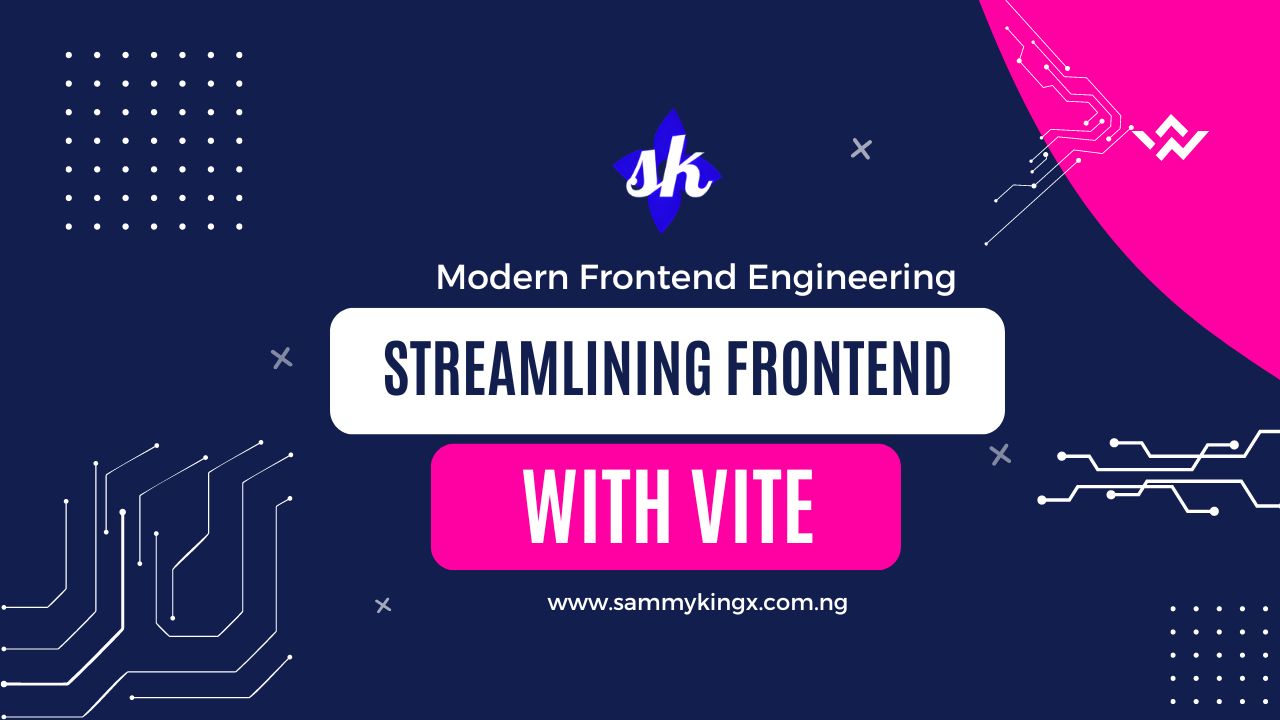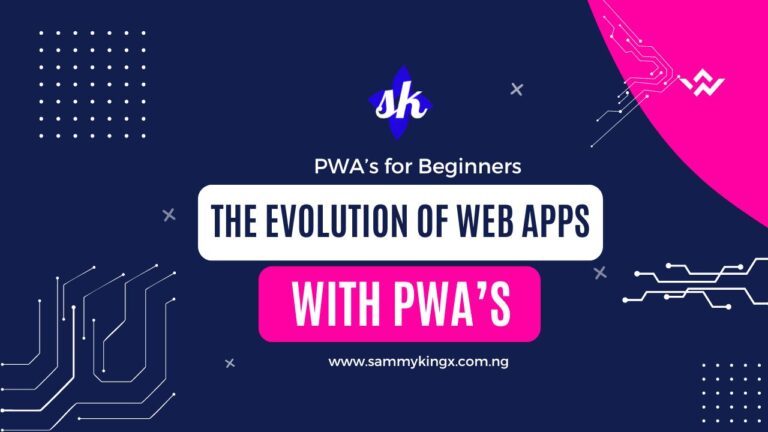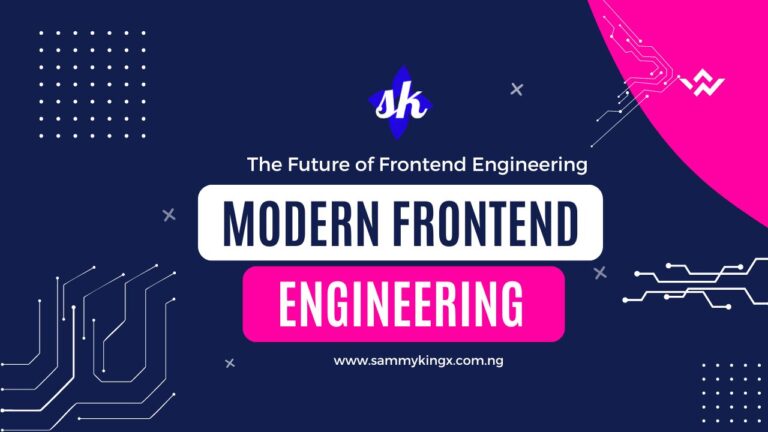Book Appointment Now

Streamlining Front-End Engineering with Vite
In the ever-evolving world of front-end engineering, it’s crucial to stay updated with tools that can simplify and enhance your development process. One such tool that has been creating a buzz in the front-end community is Vite. Created by Evan You, the mastermind behind Vue, Vite is a next-generation JavaScript build tool that revolutionizes how we build and develop front-end applications.
What is Vite?
At its core, Vite is a build tool designed to streamline and accelerate the process of crafting front-end applications. It achieves this by leveraging modern JavaScript APIs and toolings, offering a host of rich features that elevate the development experience.
One of Vite’s standout features is Hot Module Replacement (HMR). HMR enables developers to work locally and efficiently replace modules while the application is still running, providing an excellent development workflow. Vite is also fully-typed and boasts universal plugin support, instant server start, and seamless compatibility with TypeScript, JSX, CSS, and more.
Integration with Popular Frameworks
Vite shines when it comes to integration with widely-used front-end frameworks. It is designed to work seamlessly with React, Svelte, and Vue.js, offering inherent compatibility with single-file components of Vue.js. For React developers, Vite provides a plugin that eliminates the need for a preprocessor when using JSX, streamlining the development process even further.
Server-Side Rendering
Vite also excels in server-side rendering. It generates the HTML for a page or component and efficiently sends it back to the client, ensuring a smooth and efficient rendering process.
Building a Front-End Web App with Vite and React
Now, let’s delve into the steps of creating a front-end web app using Vite and React. By following these simple steps, you can leverage the power of Vite to build impressive web applications quickly and efficiently:
- Step 1: Understanding Vite and React — Vite, as discussed, is a JavaScript build tool that expedites front-end web app development. React, on the other hand, is a popular front-end library known for its component-based architecture and reusable UI components.
- Step 2: Setting Up the Development Environment — Install Vite and React in your project by following the official documentation. Vite offers an easy setup process, and its integration with React is seamless.
- Step 3: Creating the Project Structure — Organize your project by creating folders for components, pages, and utilities. This step ensures a well-structured and maintainable codebase.
- Step 4: Building the User Interface — Start building your user interface using React components. Vite’s hot module replacement feature allows you to see changes in real-time, making development faster and more efficient.
- Step 5: Adding Interactivity — Utilize React’s state management and event handling to make your web app interactive. Vite’s integration with React ensures a smooth development experience.
- Step 6: Styling Your App — Vite offers excellent support for CSS, making it easy to style your web app. You can use CSS preprocessors or CSS-in-JS solutions based on your preferences.
- Step 7: Testing and Deployment — Vite provides a development server, making it easy to test your web app locally. Once you’re satisfied, deploy your app to a hosting platform of your choice.
Conclusion
By choosing Vite as your build tool and React as your front-end framework, you’re setting yourself up for success in building impressive web applications. Vite’s seamless integration, rich features, and speed make it an invaluable tool for front-end engineers, helping to streamline the development process and reduce time and costs.
So, if you’re looking to build modern, dynamic front-end applications, Vite is undoubtedly a tool worth considering for your development arsenal.




